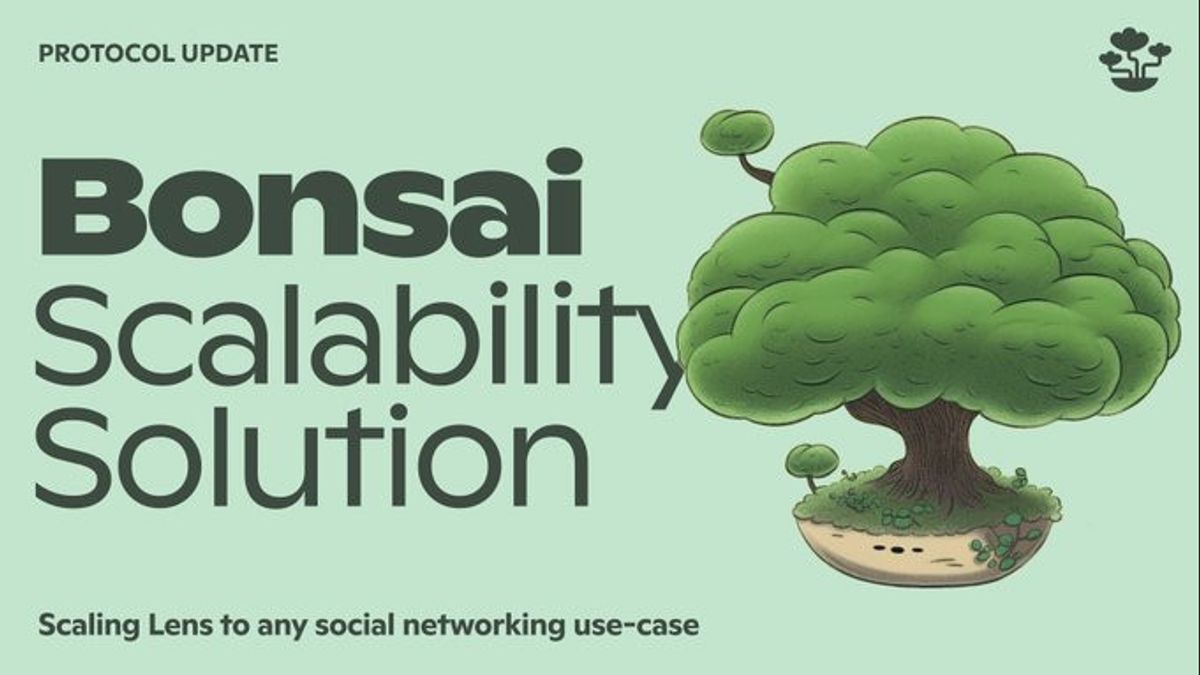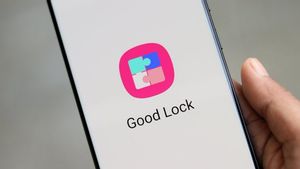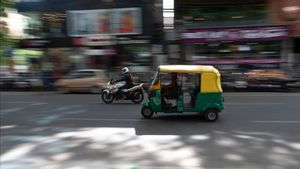JAKARTA - The team behind Lens, Web3's social media protocol, has announced the launch of a new "layer 3" network to scale up blockchain social media applications. This new network called "Bonzai" processes and stores posts, comments, and shares, which take data from the Polygon network and thus increase Lens' scalability, according to an announcement on April 26.
Lens is a blockchain protocol that allows users to form a portable "social graph", or a digital connection set, between themselves and others. When users form a connection with other people in one Lens app, they can transfer that connection to another application built on top of the protocol.
There are 17 Lens-based social media apps listed on the official website of this protocol, including Buttrfly, DumpingTV, Lenster, Lenstube, and others. Lens himself runs on the Polygon network, a layer 2 from Ethereum.
In the technical document related to the announcement, the Lens team stated that the Polygon network could not handle transaction volume or data storage needs from large-scale social media applications, so an optimistic hyperscaling L3 data solution was needed.
According to the document, the joint blockchain network can only handle up to 200 transactions per second (TPS), while previous incarnations from Lens can only handle 40 to 50 polling stations. In comparison, Twitter often performs 25,000 polling stations during the peak period.
Introducing Bonsai, an Optimistic L3 scaling solution, that will process transactions at hyperscale, and is designed to support the next generation of web3 social users.Available for Lens devs in closed beta today. pic.twitter.com/AaqfikZWxT
— Lens Protocol (@LensProtocol) April 26, 2023
The team anticipates that this limitation can prevent protocols from scaling when the user base grows. To solve this problem, Bonzai launched as the layer 2 of Polygon itself, or "L3" of the Ethereum network. Bonzai uses Bundlr, a decentralized storage platform built on Arweave, to store large files while storing verification data about them.
According to the technical document, Bonzai's network consists of three types of nodes: sender, verifier, and timestamp. The sender validates transactions, builds metadata, and sends them to Bundlr.
Verifiers monitored the data sent by the sender and confirmed that the data was valid. And timestamp determines the exact block number and timing for certain data.
The document states that this system should "[provide] an instant (posting, etc.) experience that consumers expect from social networks."
SEE ALSO:
Stani Kulechov, founder of Lens Protocol, believes that Bonzai will be an important step towards encouraging the mass adoption of Web3 social apps.
"To compete with web2, decentralized social networks must be able to do so on a large scale. With the ability to support the mass adoption of consumers, we will see continued web3 innovations - new, interesting, and attracting features as well as business models that will encourage web3 adoption," said Kulechov, quoted by Cointelegraph.
Several companies in recent years have made decentralized social media protocols, including Lens, Subsocial, DeSo, and others. Developers hope this app will help expand the appeal of blockchain networks outside the financial world.
While no one has yet achieved success such as Facebook, Twitter, YouTube, and other Web2 social apps, some blockchain experts believe that decentralized social media will be the next big thing in the crypto world.
The English, Chinese, Japanese, Arabic, and French versions are automatically generated by the AI. So there may still be inaccuracies in translating, please always see Indonesian as our main language. (system supported by DigitalSiber.id)


















